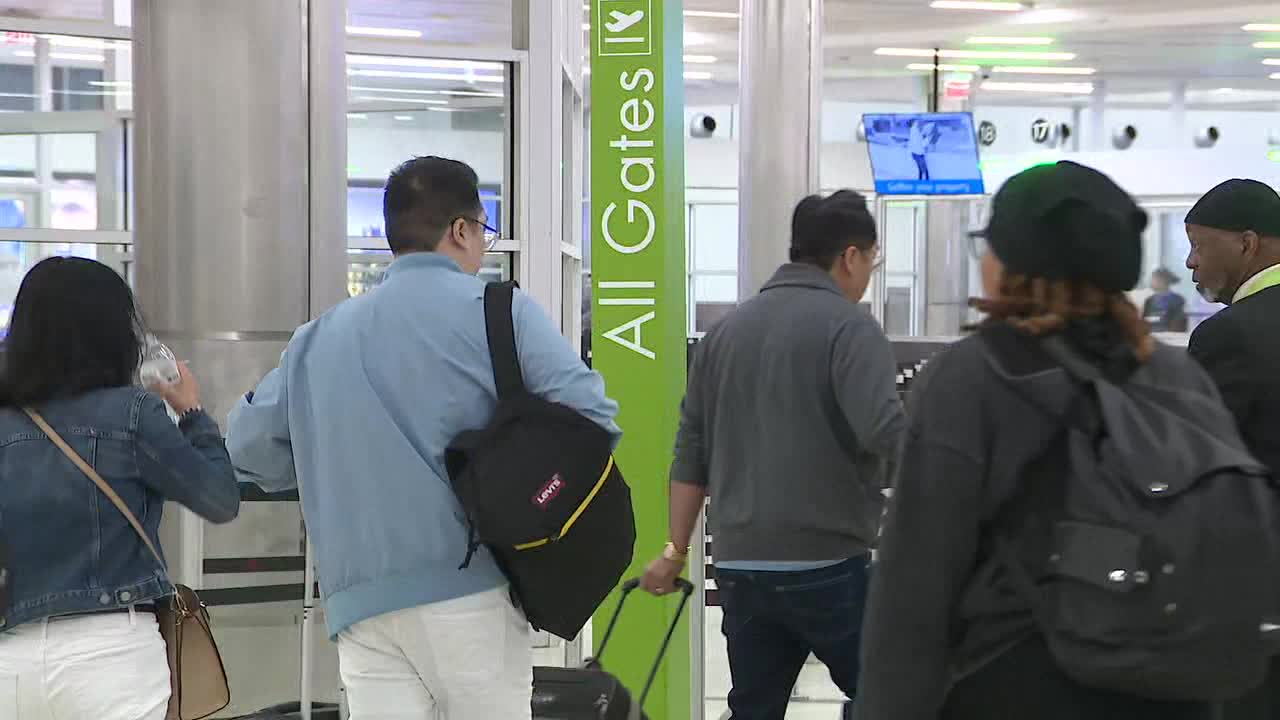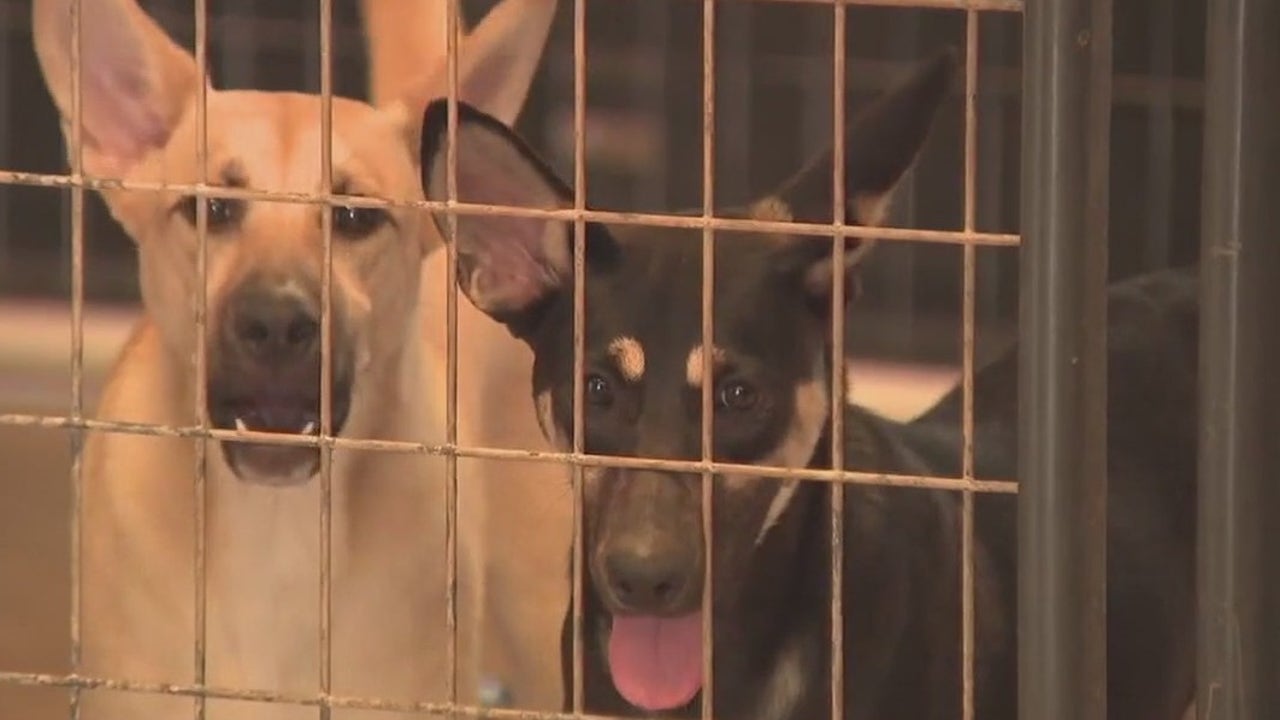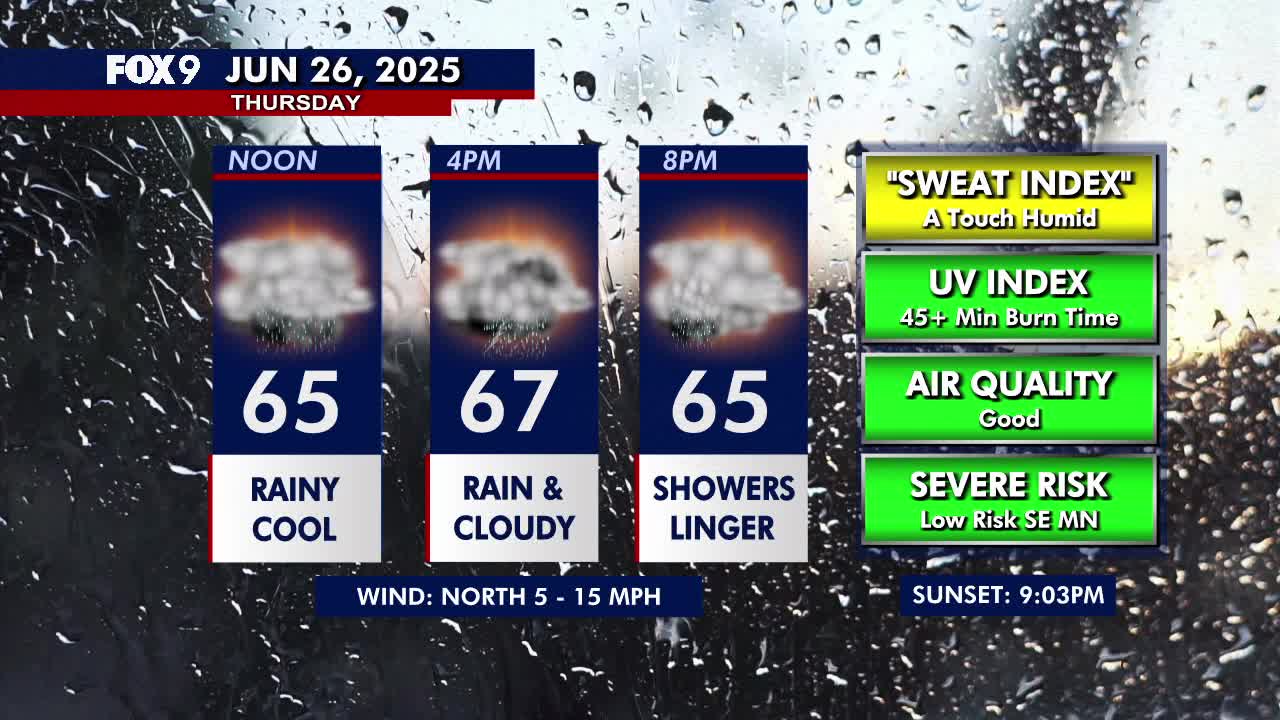Alaska
Off-duty Alaska Airlines pilot charged for trying to disable jet’s engines during a flight, avoids attempted murder charge

An off-duty Alaska Airlines pilot accused of trying to disable a jet’s engines during an October flight was indicted by a grand jury, a district attorney said on Tuesday.
The Multnomah County, Oregon grand jury charged Joseph Emerson with one count of endangering an aircraft and 83 other counts of recklessly endangering another person but decided on Monday that Joseph Emerson did not attempt to injure anyone, and therefore declined to charge him with the 83 counts of attempted murder originally sought by the state, the pilot’s lawyer said in a statement.
Emerson, who was riding as a standby employee passenger in the cockpit “jump seat” of the Oct. 22 Horizon Air flight, en route from Everett, Washington, to San Francisco, when the airborne altercation occurred, authorities said.
After a brief scuffle inside the flight deck with the captain and first officer, Emerson ended up restrained by members of the cabin crew and was arrested in Portland, Oregon, where the flight was diverted and landed safely.
Emerson told police afterward he was suffering a nervous breakdown and had not slept in 40 hours.
Lawyers for Emerson say he never intended to hurt another person or put anyone at risk – “he just wanted to return home to his wife and children.” The lawyers added they are “crafting a release plan and expect that he will finally return home to his family by the end of this week.”
Emerson has also been charged in U.S. District Court in connection with the incident and a hearing on his detention is set for Wednesday.
The incident sparked new concerns about pilot mental health.
The Federal Aviation Administration said last month it is naming a pilot mental health committee to provide recommendations to address barriers preventing pilots from reporting mental health issues while the National Transportation Safety Board is convening a forum on pilot mental health on Wednesday.
Emerson came close to shutting down hydraulic operation and fuel to both engines of the twin-jet aircraft, an Embraer 175.

Alaska
Aventure secures 12 Alaska Airlines 737NGs for teardown
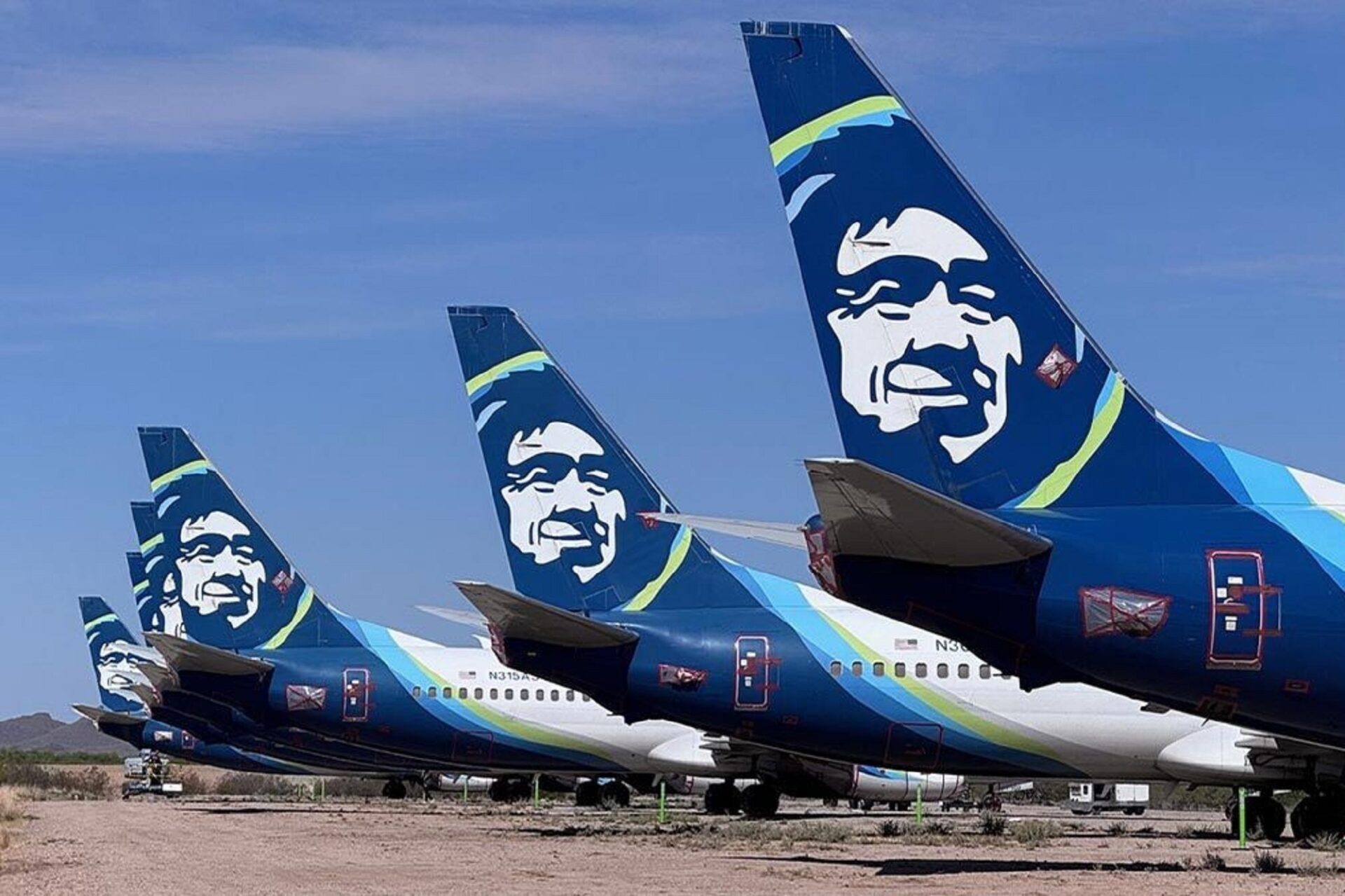
`;
jQuery(function (){
if(document.cookie.match(/wp-comment-sent/) !== null){
document.cookie = “wp-comment-sent=sent; max-age=-1;path=/”;
jQuery(‘body’).append(message(“Your comment was submitted”));
jQuery(‘.message-container’).addClass(‘show’);
setTimeout(function (){
jQuery(‘.message-container’).removeClass(‘show’);
setTimeout(function (){
jQuery(‘.message-container’).remove();
},1000);
},4000);
}
})
Alaska
NTSB blames Boeing, FAA in terrifying Alaska Airlines door blowout
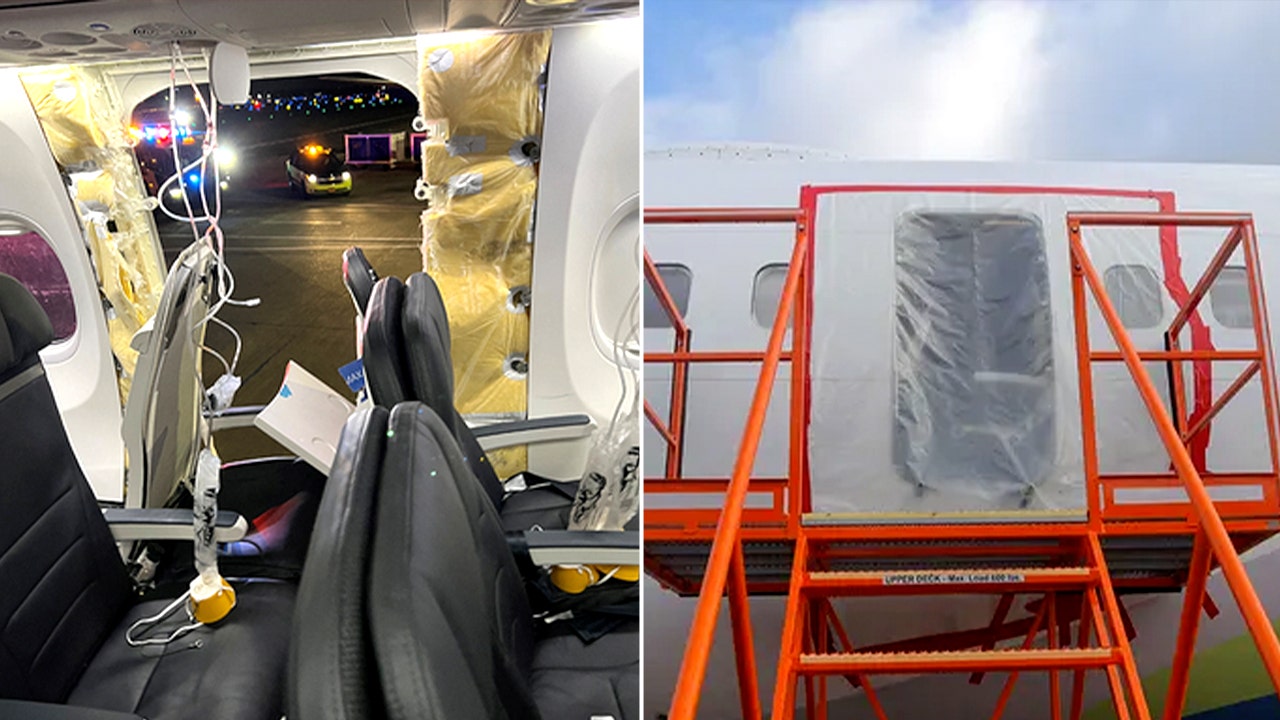
NTSB Chairman Jennifer Homendy said on Tuesday that the Alaska Airlines door blowout incident in January 2024 was caused by “multiple system failures,” adding that the crew was the sole reason why the aircraft avoided complete catastrophe.
Boeing and the Federal Aviation Administration (FAA) caused “multiple system failures” that led to an Alaska Airlines door blowing off mid-flight in January 2024, the National Transportation Safety Board (NTSB) said during a meeting on Tuesday.
The incident with the Boeing 737 Max 9 occurred on Flight 1282 shortly after takeoff from Portland, Oregon, and was caused by door plug bolts that were removed during repairs and never reinstalled. The missing bolts allowed the door to shift and eventually open mid-flight, wreaking havoc among 171 passengers.
“An accident like this only happens when there are multiple system failures,” NTSB Chair Jennifer Homendy said. Ineffective FAA oversight and Boeing’s failure in documenting the work done on the door plug – which led crews to overlook the missing bolts – caused the incident, according to the board.
“The safety deficiencies that led to this accident should have been evident to Boeing and to the FAA,” Homendy said.
DOJ OPENS PROBE INTO ALASKA AIRLINES PLANE BLOWOUT: REPORT
A door panel on a Boeing 737-9 MAX blew off mid-flight after Alaska Airlines Flight 1282 took off from Portland International Airport on Jan. 5, 2024. (NTSB / Fox News)
Last year’s incident highlights what the board said was Boeing’s broader pattern of safety issues, including unapproved part removals, inadequate employee training and a flawed process of handling change.
Boeing said the company has taken immediate action since the incident and is continuing efforts to improve its operations.
“We at Boeing regret this accident and continue to work on strengthening safety and quality across our operations,” Boeing told Fox News Digital on Wednesday. “We will review the final report and recommendations as we continue to implement improvements.”
ALASKA AIRLINES INFLIGHT BLOWOUT COULD HAVE BEEN ‘MUCH DIFFERENT’ SCENARIO, NTSB WARNS

Plastic covers the exterior of the fuselage plug area of Alaska Airlines Flight 1282 Boeing 737-9 MAX on Jan. 7, 2024 in Portland, Oregon. (NTSB/Getty Images)
The NTSB criticized the FAA for failing to catch what it said were Boeing’s ongoing compliance and operations issues.
“I have lots of questions about where FAA was during all of this,” Homendy said. “The FAA is the absolute last barrier of defense when it comes to ensuring aviation safety, protecting the more than 1 billion passengers and crew members who fly on U.S. and foreign airlines annually.”
ALASKA AIR FLIGHT ATTENDANTS REVEAL DISTURBING DETAILS FROM MID-AIR BLOWOUT SCARE
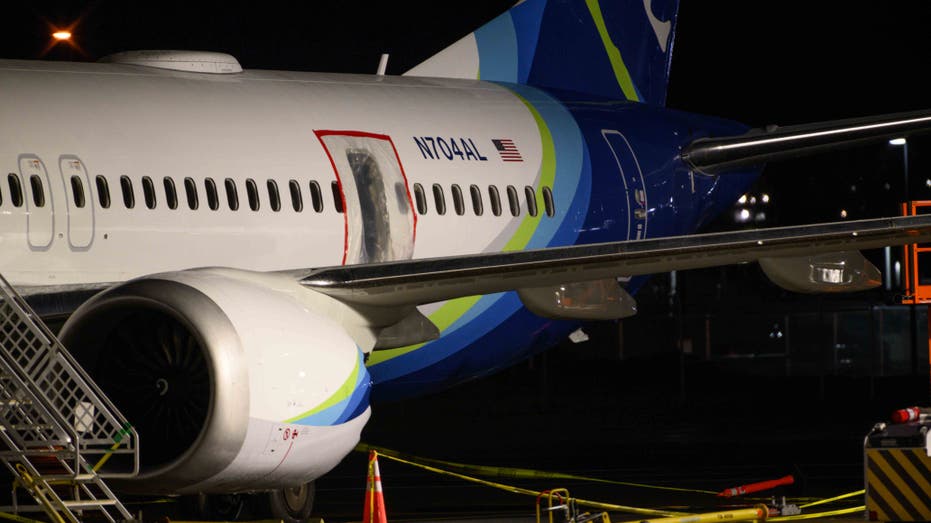
A plastic sheet covers an area of the fuselage of the Alaska Airlines Boeing 737 MAX 9 aircraft outside a hangar at Portland International Airport on Jan. 8, 2024 in Portland, Oregon. (Mathieu Lewis-Rolland/Getty Images / Getty Images)
The FAA said in a statement Tuesday that the administration is taking NTSB recommendations “seriously,” adding that it will not lift its monthly Boeing 737 production cap until the FAA is “confident the company can maintain safety and quality while making more aircraft.”
“The FAA takes NTSB recommendations seriously and will carefully evaluate those issued today,” the FAA said. “The FAA has fundamentally changed how it oversees Boeing since the Alaska Airlines door-plug accident, and we will continue this aggressive oversight to ensure Boeing fixes its systemic production-quality issues.”
| Ticker | Security | Last | Change | Change % |
|---|---|---|---|---|
| BA | THE BOEING CO. | 198.78 | -2.12 | -1.06% |
“We are actively monitoring Boeing’s performance and meet weekly with the company to review its progress and any challenges it’s facing in implementing necessary changes,” the FAA added. “We have a full complement of safety inspectors in Boeing’s facilities, and they are conducting more targeted audits and inspections.”
GET FOX BUSINESS ON THE GO BY CLICKING HERE
Pilots were able to land the aircraft safely following the blowout. Several passengers suffered minor injuries, but all travelers survived the incident.
Alaska
“Multiple system failures” led to door plug flying off Alaska Airlines flight in 2024, NTSB chair says
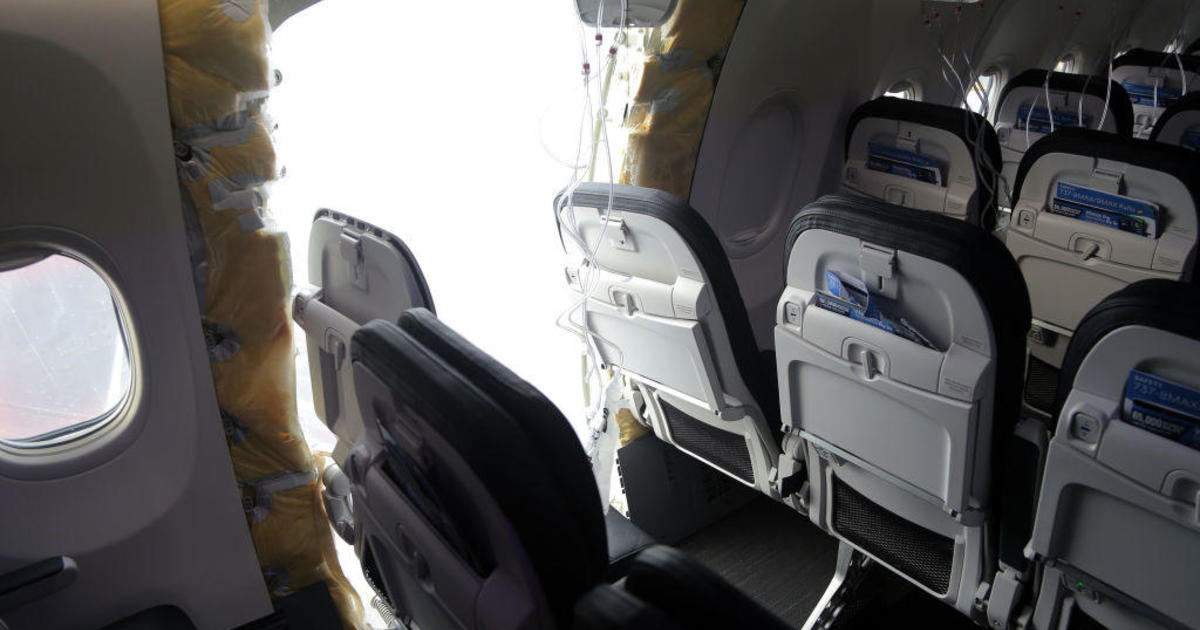
The National Transportation Safety Board has issued new safety recommendations to the Federal Aviation Administration and Boeing following the 2024 incident in which a door plug flew off in the middle of an Alaska Airlines flight.
“An accident like this only happens when there are multiple system failures,” NTSB chair Jennifer Homendy said at a meeting on Tuesday, partly blaming Boeing’s safety processes for the incident.
Homendy led the investigation into what happened before the door panel blew out six minutes into Alaska Flight 1282 that took off from Portland on Jan. 5, 2024. The aircraft was at about 16,000 feet over Oregon during a trip to California when it had to make an emergency landing. Four bolts meant to hold the Boeing 737 Max 9 door plug in place were missing, the NTSB discovered after the fact.
“The safety deficiencies that led to this accident should have been evident … to Boeing and to the FAA … and were therefore preventable,” Homendy said at the meeting Tuesday.
The accident left a gaping hole in the plane that had 177 people on board; eight of them suffered minor injuries.
In the NTSB’s report, investigators said the incident’s probable cause was in the in-flight separation of the left mid exit door plug, blaming “Boeing‘s failure to provide adequate training, guidance, and oversight necessary to ensure that manufacturing personnel could consistently and correctly comply with its parts removal process, which was intended to document and ensure that 4 the securing bolts and hardware that were removed to facilitate rework during the manufacturing process were properly reinstalled.”
Investigators also faulted the FAA for the agency’s oversight.
“Contributing to the accident was the FAA’s ineffective compliance enforcement surveillance and audit planning activities, which failed to adequately identify and ensure that Boeing addressed the repetitive and systemic nonconformance issues associated with its parts removal process,” the report said.
In a statement, the FAA said it is taking the NTSB’s safety recommendations seriously and will carefully evaluate the ones issued Tuesday.
“The FAA has fundamentally changed how it oversees Boeing since the Alaska Airlines door-plug accident and we will continue this aggressive oversight to ensure Boeing fixes its systemic production-quality issues,” the FAA’s statement said. “We are actively monitoring Boeing’s performance and meet weekly with the company to review its progress and any challenges it’s facing in implementing necessary changes.”
The FAA also said its safety inspectors are in Boeing’s facilities conducting more targeted audits and inspections. However, the agency said it has not lifted the 737 monthly production cap it has placed on Boeing until the FAA can confidently say Boeing can maintain the safety and quality of its aircraft.
“We at Boeing regret this accident and continue to work on strengthening safety and quality across our operations. We will review the final report and recommendations as we continue to implement improvements,” a spokesperson for Boeing said Tuesday following the NTSB meeting.
When the 737 Max involved in the accident was being manufactured, Boeing removed the door panel to make repairs to rivets nearby, according to the NTSB’s report. Paperwork that would have triggered additional inspections was never created and the panel was reinstalled without its bolts — and the team that did the work had never opened that type of door panel.
When asked whether all of it can be blamed on human error on the manufacturing floor at Boeing, Homendy told CBS News there needed to be a design change or a better process.
“It is due to a process issue, a process failure. A lot of people have focused on one or two Boeing personnel or door plug personnel. I think we have to really step back and look at the entire process was reliant on humans to set to put in a record that the door needed to be removed and put back in place,” she said.
Shandy Brewer was sitting in Row 10 on the flight when the door blew off. It was an experience that stuck with her 18 months later.
“All of a sudden, just this huge bang happened. It sounded like a firework going off, like right in your ears, just like so loud,” she recalled. “As soon as I step onto an airplane, tears start pouring down my face every single time. I haven’t been on a flight where that doesn’t happen.”
Brewer is among a group of 35 passengers who have filed a lawsuit against Boeing and Alaska Airlines in King County, Washington, where Boeing is headquartered. The companies have previously declined to comment on other lawsuits over the incident.
“The NTSB confirmed what we already suspected – Boeing’s quality control was woefully sloppy, and the FAA failed as a watchdog,” Brewer’s lawyer, Mark Lindquist, told CBS News in a statement. “Now it’s time for Boeing to accept responsibility, fix their issues, and move forward. We all want to feel safe when we board a Boeing plane.”
Despite the failure, Homendy said she feels like Boeing airplanes are safe, adding that she has “no concerns” about that. However, she said there are ways to improve safety.
“We found that in our investigation and we hope to help them close any gaps that remain,” Homendy said.
The NTSB’s new safety recommendations to the FAA include:
- Revising its compliance enforcement surveillance system, audit planning activities, and records systems
- Developing guidance and provide recurrent training to managers and inspectors
- Retaining historical compliance enforcement and audit records older than 5 years
- Convening an independent third-party panel to conduct a comprehensive review of Boeing’s safety culture
In a statement, U.S. Transportation Secretary Sean Duffy blamed the prior administration and Boeing for taking “their eye off the ball.”
“They were distracted and safety was put at risk. That can never happen again,” Duffy said. “Under this new administration, safety is paramount and it drives everything we do. Whether it’s building an all-new air traffic control system or ensuring Boeing and other manufacturers are delivering safe products, we will not hesitate to implement changes.”
In response to the NTSB meeting Tuesday, Alaska Airlines said: “We look forward to reviewing the final report in the weeks ahead. We remain deeply grateful for the heroic actions of the crew of Flight 1282 and will continue ensuring safety is always Alaska Airlines’ highest priority.”
contributed to this report.
-

 Arizona1 week ago
Arizona1 week agoSuspect in Arizona Rangers' death killed by Missouri troopers
-

 Business6 days ago
Business6 days agoDriverless disruption: Tech titans gird for robotaxi wars with new factory and territories
-

 Education1 week ago
Education1 week agoJudge Delays Ruling on Trump Efforts to Bar Harvard’s International Students
-

 Culture1 week ago
Culture1 week agoMatch These Books to Their Movie Versions
-

 Business1 week ago
Business1 week agoWilliam Langewiesche, the ‘Steve McQueen of Journalism,’ Dies at 70
-

 Politics1 week ago
Politics1 week agoHow Johnson pulled off another impossible win with just 1-vote margin on $9.4B spending cut bill
-

 World1 week ago
World1 week agoIAEA warns Israel-Iran conflict threatens nuclear facilities, diplomacy
-

 News1 week ago
News1 week ago‘The Age of Trump’ Enters Its Second Decade
